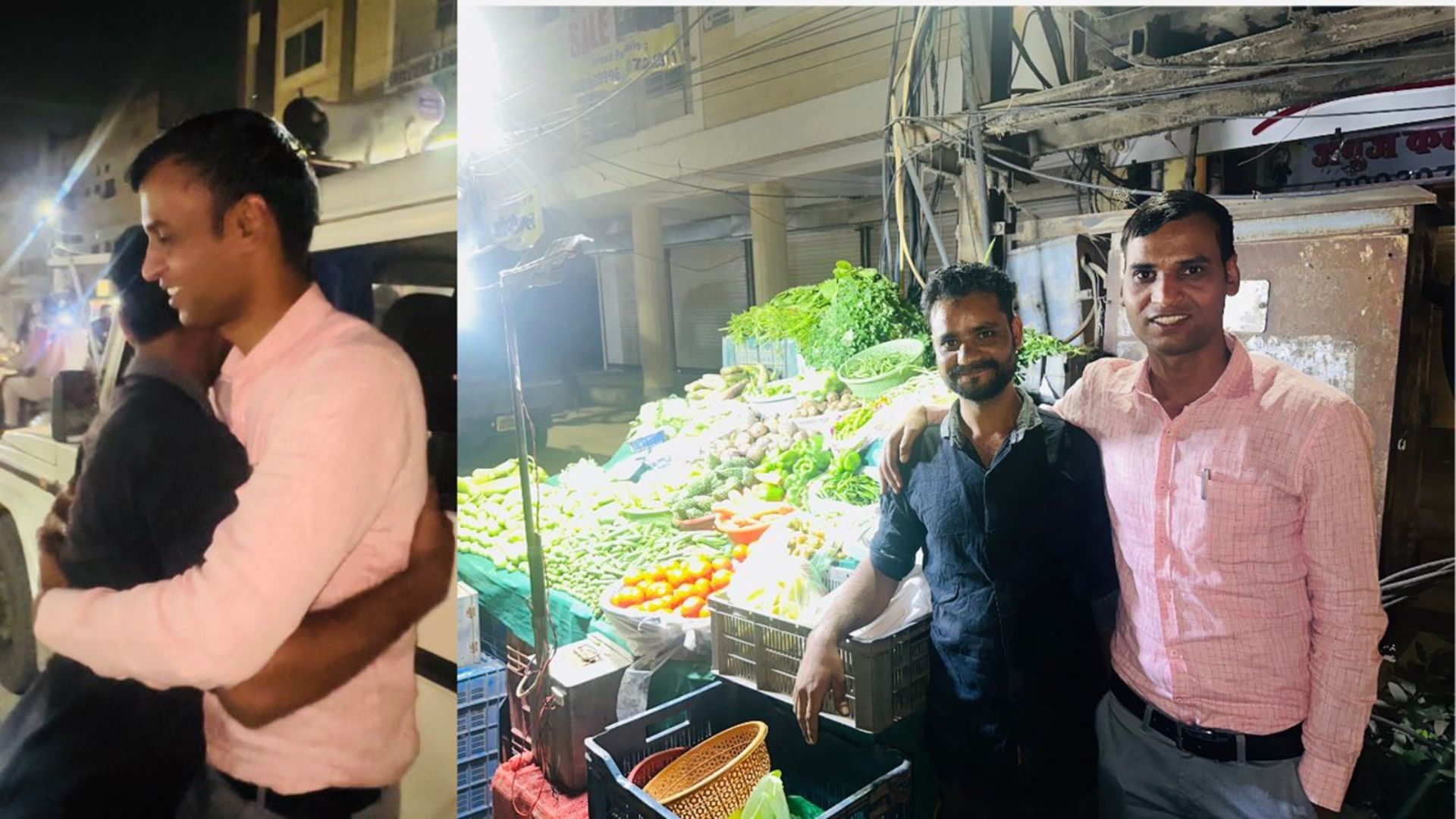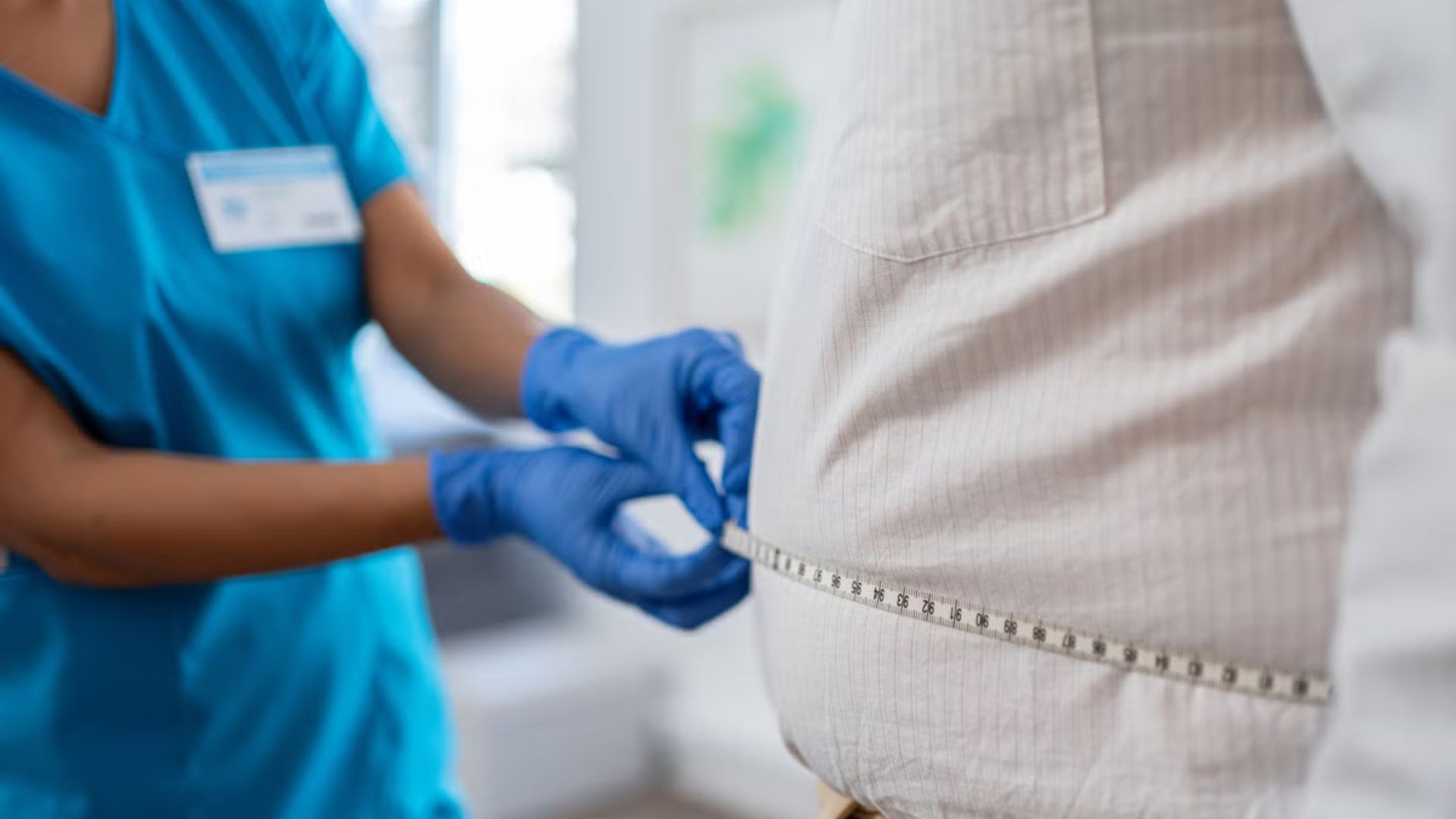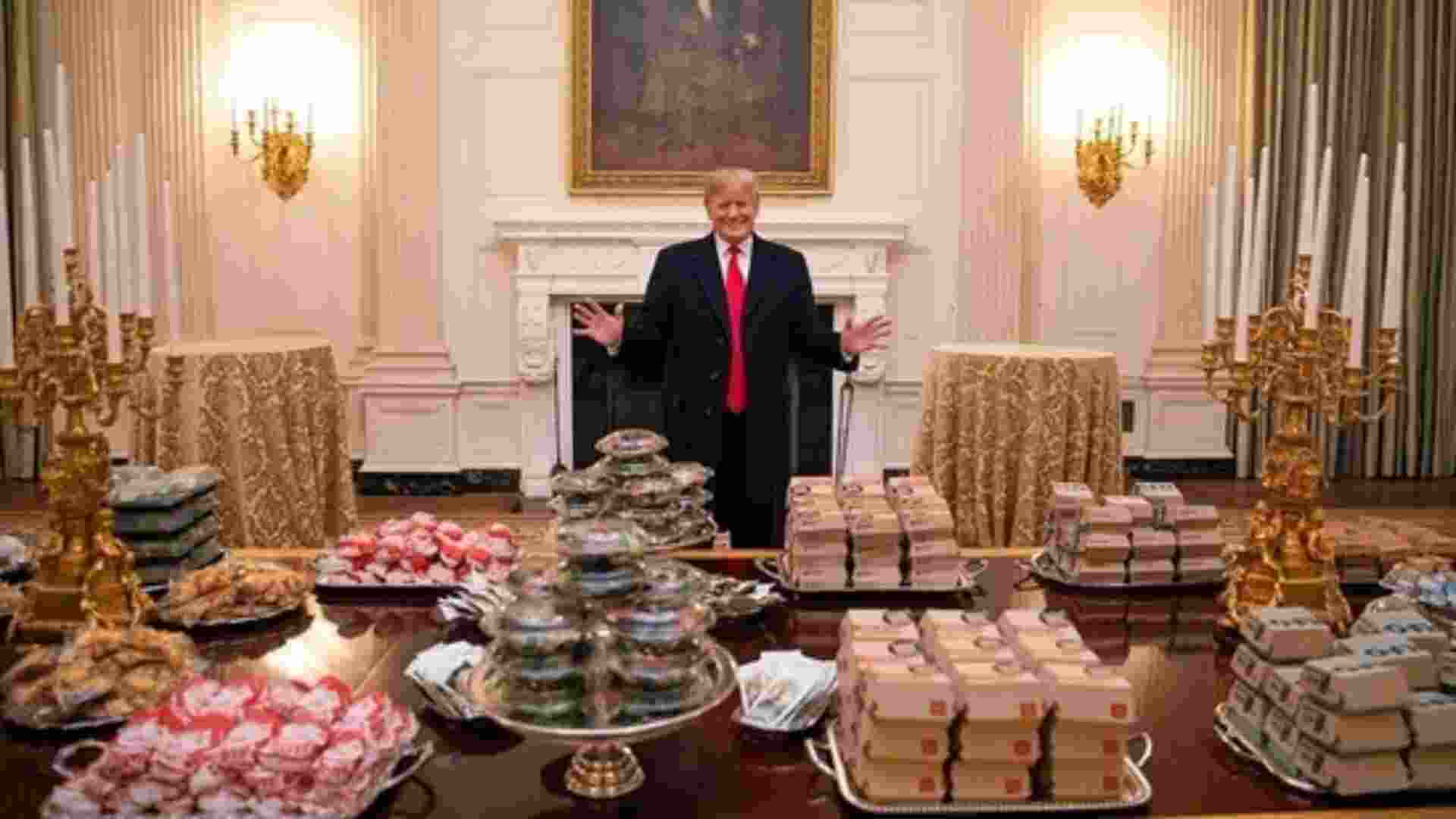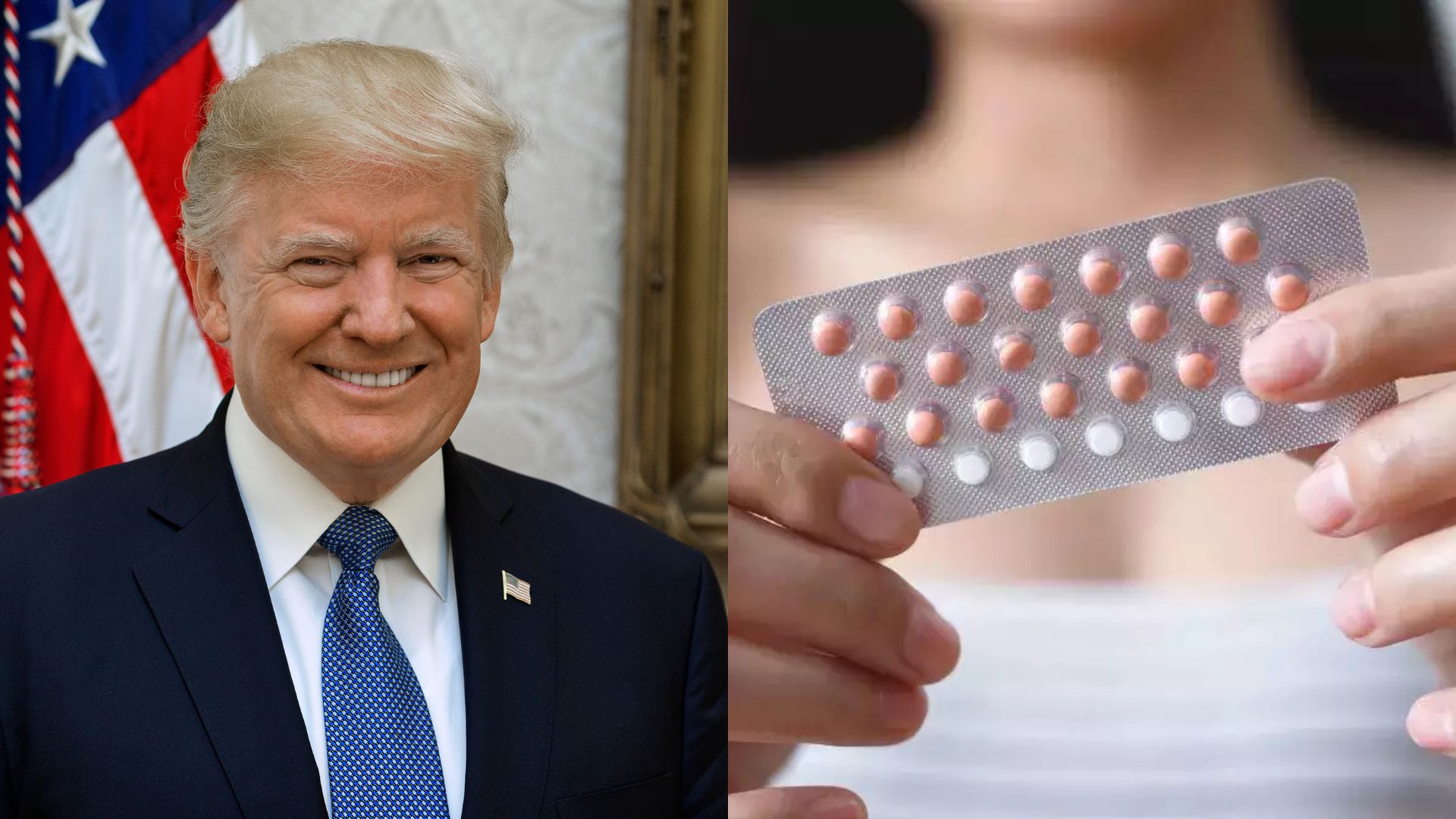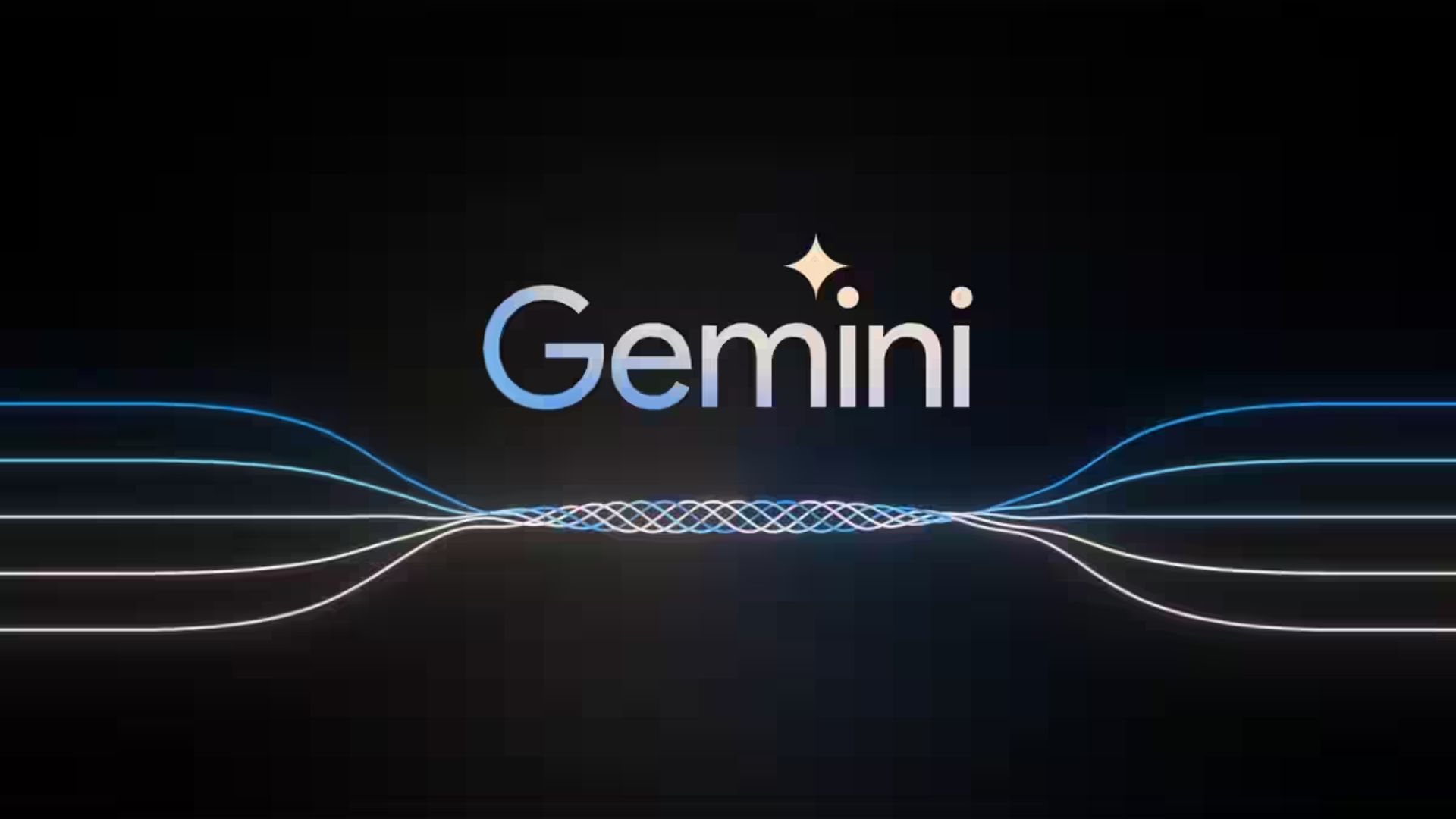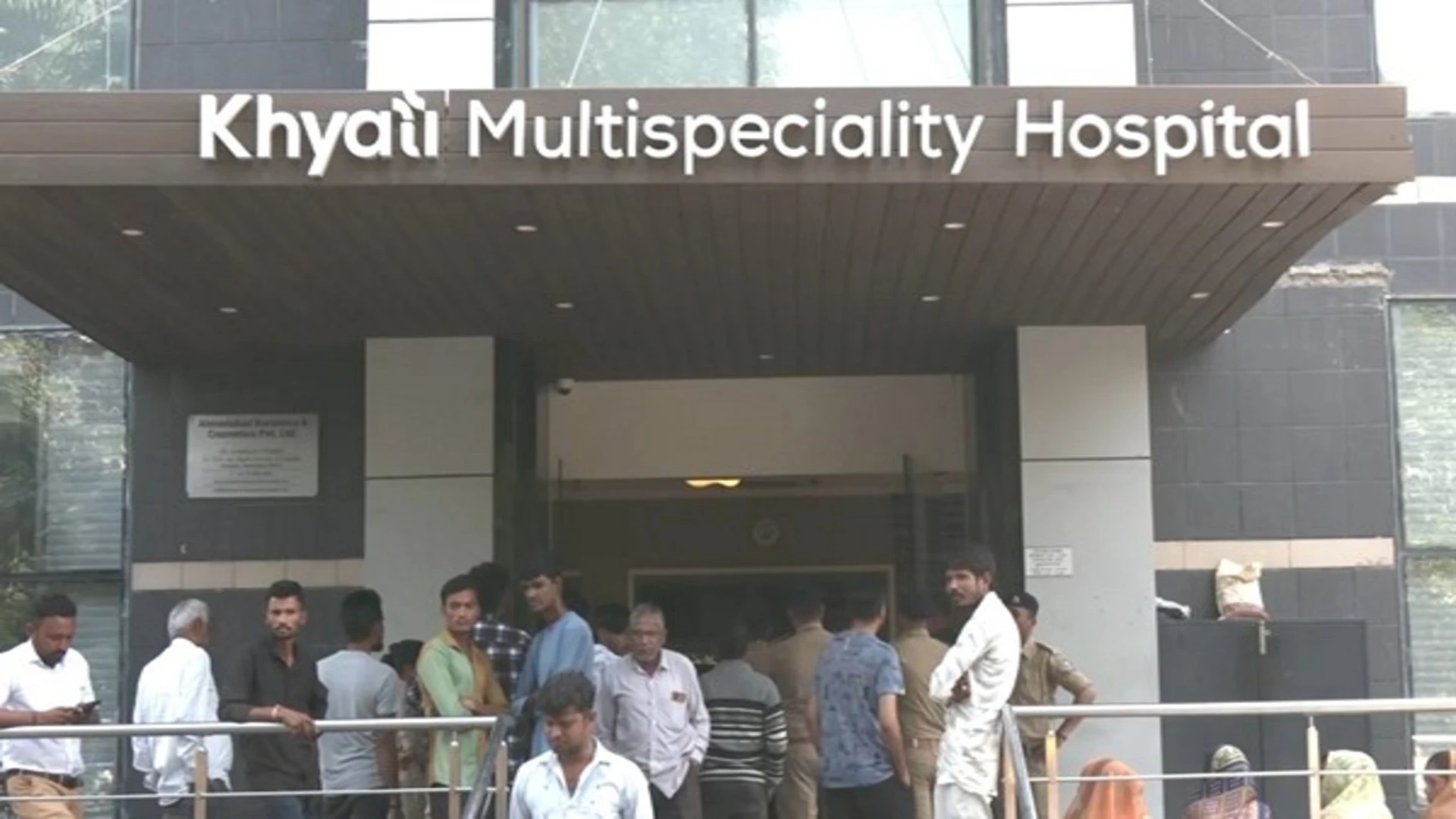
As of 2024, India proudly holds the fifth position in the global GDP rankings with $ 4.1 Trillion underscoring its diverse and robustly increasing economy. This growth is primarily supported by key sectors like information technology, services, agriculture and manufacturing to name a few. This has been achieved due to a multifaceted approach towards governance and key initiatives like “Make In India” and “Production Linked Incentive” (PLI) Schemes to incentivise in-house production and improve the business climate in India.
Understanding Trade Policy
In the ever-evolving economic landscape, trade policies play a crucial role in shaping the operating environment for domestic industries including market access, supply chain dynamics, investment climate and competitiveness of domestic industries on the global stage etc. Trade policy refers to a set of regulations, agreements and actions adopted by governments to manage and influence international trade. These policies are designed to promote economic growth, safeguard domestic industries and also to ensure fair competition in global markets.
Among those industries impacted by the ramifications of such policy changes is India’s PVC (Polyvinyl Chloride) industry. Indian PVC industry is navigating through import duty fluctuations which are influencing the current and future industry operations, capacity additions (Capex) and domestic players’ $ 8 billion investment.
Import Duty
Import duty is a tax that a country charges on goods that are brought (imports) into the country (India) from other countries (majorly China). This duty is levied on imported goods at the point of entry into the importing country, in our case India, and is designed to achieve several objectives.
First, import duty serves as a key tool to regulate trade and establish a level playing field for global and domestic industry players. Second, the duty levied on imports also contributes to revenue generation for the government and finally, third, import duties play a crucial role in regulating trade flows, as they can be adjusted in response to changes in global market conditions or to achieve a specific economic policy objectives. For example, import duties may be increased during periods of economic downturn to stimulate domestic production and employment or they may be reduced to promote international trade and increase access to cheaper goods.
Import Duty’s Impact on PVC Industry
Indian PVC industry and its encounter with import duty dates back to 2013 when the government took stock of the ballooning imports of PVC from foreign countries. Before 2013, import duty on PVC was at a modest 5% and increasing imports prompted the industry players to advocate for a hike to 10% on PVC imports to restrict PVC dumping into India and to incentivize capacity additions and investments.
In 2013, the import duty increased to 7.5% however, contrary to expectations, this move failed to spur investments in capacity additions as import volumes from foreign countries continued their upward trajectory, thwarting any optimistic prospects for domestic industry.
However, things looked optimistic in 2019 when the Government increased the import duty to 10%. This move successfully spurred $8 Billion into capacity additions as domestic players raised to the call of increased demand for PVC and pledged capex.
However, in 2020, the onset of the COVID-19 pandemic disrupted the momentum, causing a slump in PVC prices despite the unchanged import duty rate.
In the subsequent year of 2021, global PVC prices increased significantly due to geo-political tensions arising from the Russia-Ukraine conflict. To offset this price increase the duty was reduced to 7.5% (as in 2013). However, by 2022, PVC prices automatically corrected and fell lower than 2019 levels, negating the very rationale behind the duty adjustment to 7.5%
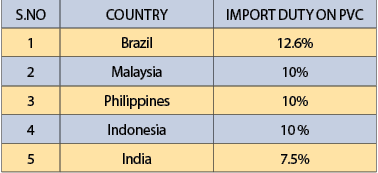
Source: S&P Global, Commodity Insights
Currently, the fall in prices coupled with changing import duties is driving an uptick in PVC imports, posing challenges for the domestic players and MSMEs in the space and impacting the market equilibrium.
The ripple effect is felt particularly in the downstream industries which are heavily reliant on PVC. For example, PVC is used in manufacturing cable wire insulation in the electrical sector, irrigation pipes in agriculture, dashboard manufacturing in automotive, and windows and doors used in the construction sector.
Notably, PVC also plays an intrinsic role in the healthcare industry, as it is used to produce medical tubing, IV bags, and other critical devices.
Harmonizing trade
The unfolding of India’s PVC industry through changing trade policies, COVID-19 and geopolitical conflicts highlights the innate need for a stable trade environment to support growth and innovation. The domestic industries’ response to the evolving operating climate, coupled with a projected increase in PVC demand has yielded mixed outcomes, with the $8 billion invested in capacity additions that are now hanging in the balance. This underscores the importance of holistic trade policies to support domestic players and accrue self-sufficiency in this strategic sector in the long run.
Effective trade policies should strive to balance domestic interests with global competitiveness, ensuring smooth trade relations. This will eventually enable the growth of our industries like agriculture, construction/infrastructure, electrical, and automotive, which heavily rely on PVC and by doing so, India can leverage the growth of these key sectors and advance the vision of ‘Make In India’ for the world.
Moving forward, collaborative efforts between policymakers and industry stakeholders will be essential to strengthen India’s PVC sector and navigate the complexities of the global trade dynamics effectively.
Dr.Jaijit Bhattacharya, President, C-DEP
Manoj Kumar Reddy Dinne, Policy Consultant, C-DEP
